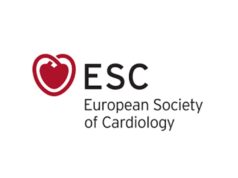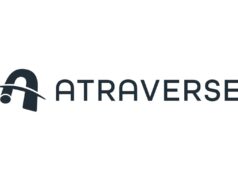
Patients with scar-related ventricular tachycardia (VT) do not often achieve a cure. Jason S Bradfield and Kalyanam Shivkumar write in Cardiac Rhythm News about how to tackle this issue.
Success with medical therapy or catheter ablation may involve long periods of VT-freedom or “remission” after a single or multiple treatments. The treatment of life-threatening ventricular arrhythmias has important parallels to the treatment of cancer (and indeed has a mortality worse than many cancers).
VT treatment has a number of parallels. We historically have treated VT with medications with significant side-effect/toxicity risk, such as amiodarone, and when medications are unsuccessful or untolerated, with VT ablation. VT ablation is not toxic/destructive to a large number of the patient’s normal cells as is chemotherapy.
However, we are ablating regions of the heart that while having the potential for supporting VT may never do so in hopes on minimising the chance of recurrence. Much like cancer patients, VT patients can often have recurrences after a period of “remission” and overall treatment success (VT-free survival) is modest. VT occurs in structural heart disease because of a combination of predominantly scar-related re-entry in combination with a “maladaptive” autonomic response leading to a relative hyeradrenergic state.1 Further, there are different “kinds” of VT (monomorphic vs. polymorphic, fast vs. slow, focal vs. reentrant, etc) and yet we often treat them with the same modality.
The oncology community has begun to move outside their comfort zone of chemotherapy to explore immunotherapy for many cancers including lymphoma and lung cancer. This concept of programming T cells to more aggressively target cancer cells is revolutionising cancer treatment and as this technique is developed for more and more types of cancer, has the potential to save millions of lives.
As electrophysiologists we must be equally willing to think outside our comfort zone and perhaps outside our area of training. Given the limited options available, the approach to VT reoccurrence has often been ablate, and if that fails ablate some more. Yet, the data for neuromodulation as a treatment for VT is growing. The body’s autonomic nervous system responds to insults such as infarction in a way that it thinks is adaptive, but from an arrhythmia standpoint is maladaptive and pro-arrhythmic.2 Autonomic imbalance—increased sympathetic output relative to parasympathetic—is a clear trigger and modulator of VT.
By intervening with neuromodulation we have the ability to counter this maladaptive response and potentially control VT. While not as specific a target at its current stage as is immunotherapy for cancer, there is clear data demonstrating benefit either in conjunction with or as an alternative to current treatment with medical therapy and ablation.
In the acute setting, thoracic epidural anesthesia and percutaneous stellate block are useful tools to manage VT storm as a bridge to more definitive therapy.3,4 Intermediate and long-term benefits are seen with cardiac sympathetic denervation via bilateral stellate ganglionectomy.5 Additionally, renal denervation show early promising data.6
Medical therapy and catheter ablation will remain cornerstones of arrhythmia management for the foreseeable future. Yet, scientific advancements in neurocardiology and data for clinical neuromodulation therapy for VT continues to grow. Much like our oncology colleagues, we must embrace the opportunity to expand our understanding of a life-threatening disease and the treatment options, even when the science and treatment modalities involve areas outside our original training.
Jason S. Bradfield and Kalyanam Shivkumar, University of California, Los Angeles Cardiac Arrhythmia Center, Los Angeles, USA.
References:
- Bradfield JS, Ajijola OA, et al. Mechanisms and management of refractory ventricular arrhythmias in the age of autonomic modulation. Heart Rhythm. 2018.
- Huang WA, Boyle NG and Vaseghi M. Cardiac Innervation and the Autonomic Nervous System in Sudden Cardiac Death. Card Electrophysiol Clin. 2017;9:665-679.
- Do DH, Bradfield J, et al. Thoracic Epidural Anesthesia Can Be Effective for the Short-Term Management of Ventricular Tachycardia Storm. J Am Heart Assoc. 2017;6.
- Meng L, Tseng CH, et al. Efficacy of Stellate Ganglion Blockade in Managing Electrical Storm: A Systematic Review. JACC Clin Electrophysiol. 2017;3:942-949.
- Vaseghi M, Barwad P, et al. Cardiac Sympathetic Denervation for Refractory Ventricular Arrhythmias. J Am Coll Cardiol. 2017;69:3070-3080.
- Bradfield JS, Vaseghi M and Shivkumar K. Renal denervation for refractory ventricular arrhythmias. Trends Cardiovasc Med. 2014;24:206-13.












